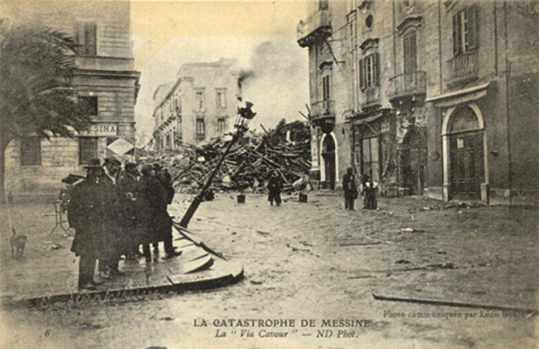
Over the past few years a swathe of what has come to be known as “ruin porn” has swept the internet. Perhaps in an uncanny updating of Albert Speer’s dark fantasies of “ruin value”, photographs of Detroit’s abandoned factories and theatres, Chernobyl’s crumbling tenements and “urbex” photos of ruined asylums and hotels are gleefully traded on Facebook and Reddit and have amassed immense cultural currency.
This contemporary interest in ruins scales from numerous blogs and sub-Reddits to the vaulted heights of major art institutions, with the Tate gallery’s 2013 “Ruin Lust” exhibition. But of course – as the Tate’s exhibition charted – this fascination has its roots in much older traditions. The ruin was employed for theological purposes in the paintings of the Renaissance, and for didactic and allegorical purposes in the Romantic paintings of the 18th century. For hundreds of years ruins have been both quotidian elements of the daily lives of many, especially in Europe, while they have also operated as rich sources of historical meaning within various modes of artistic expression.
What can be done with the ruin today? Can we put the observations of key theorists of the ruin, such as Walter Benjamin, to new purposes? And from our ancient, colonial and industrial ruins can we pull some hope, some imagination or possibility for the future that sees the ruin differently than as an emblem of a glorious or inglorious past?
This issue of Transformations reflects on the ruin and ruination, its past and its future.
